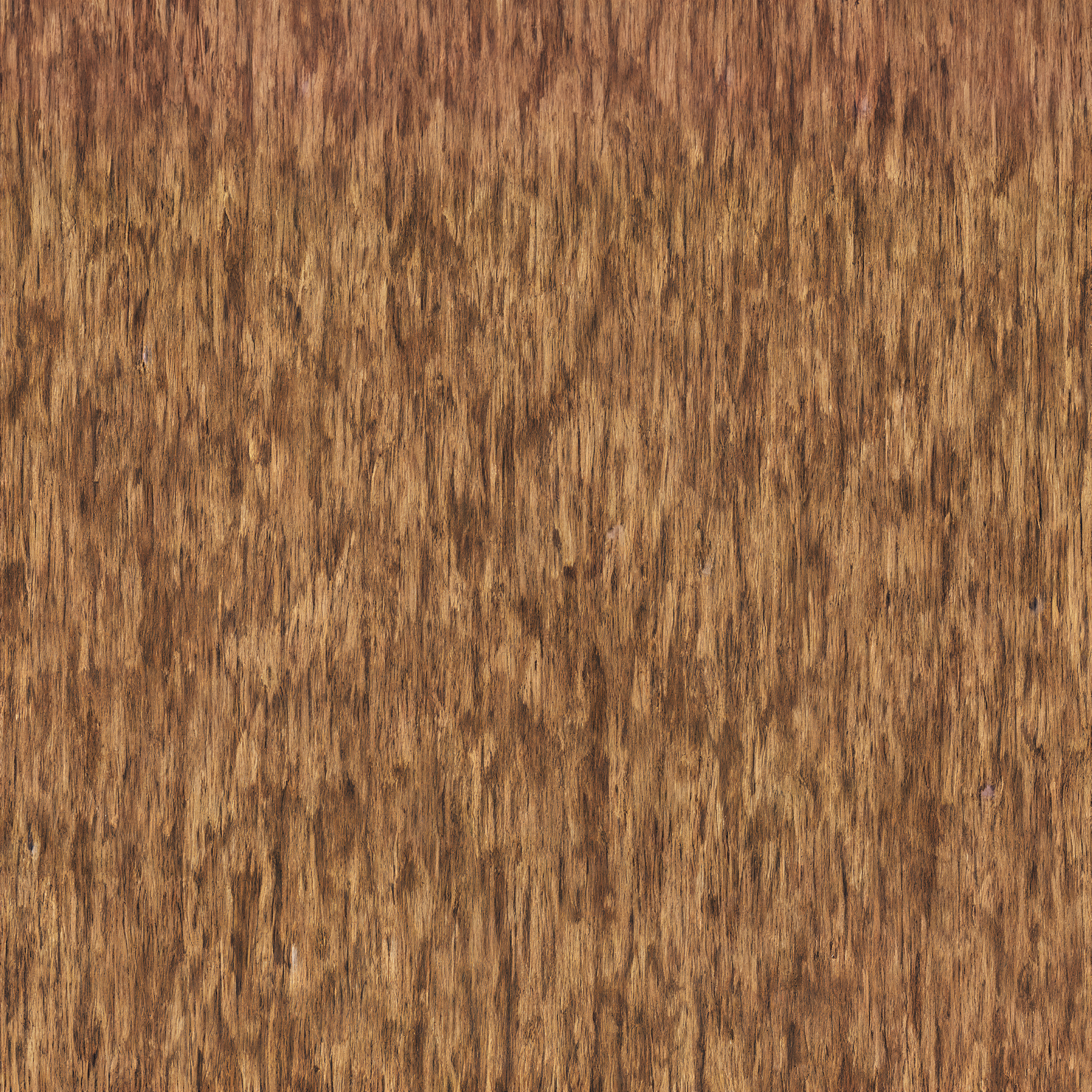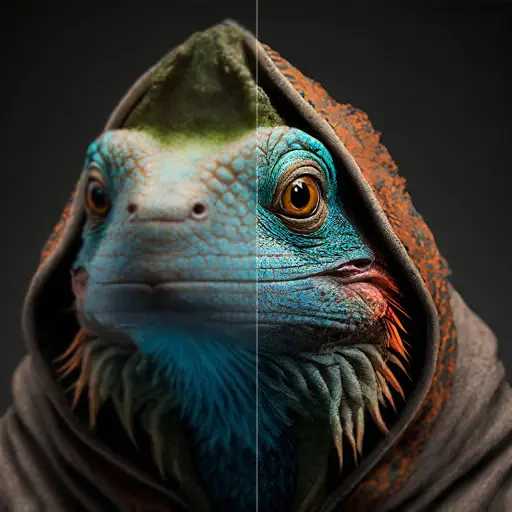srrescgan
Maintainer: raoumer

40

| Property | Value |
|---|---|
| Run this model | Run on Replicate |
| API spec | View on Replicate |
| Github link | View on Github |
| Paper link | View on Arxiv |
Create account to get full access
Model overview
srrescgan is an intelligent image scaling model developed by raoumer. It is designed to upscale low-resolution images to a 4x higher resolution, while preserving details and reducing artifacts. The model is based on a Super-Resolution Residual Convolutional Generative Adversarial Network (SRResCGAN) architecture, which aims to handle real-world image degradations like sensor noise and JPEG compression.
Similar models like real-esrgan, seesr, and rvision-inp-slow also focus on enhancing real-world images, but with different approaches and capabilities. Unlike these models, srrescgan specifically targets 4x super-resolution while maintaining image quality.
Model inputs and outputs
The srrescgan model takes a low-resolution image as input and outputs a 4x higher resolution image. This can be useful for upscaling images from mobile devices, low-quality scans, or other sources where the original high-resolution image is not available.
Inputs
- Image: The input image to be upscaled, in a standard image format (e.g. JPEG, PNG).
Outputs
- Output Image: The 4x higher resolution image, in the same format as the input.
Capabilities
The srrescgan model is designed to handle real-world image degradations such as sensor noise and JPEG compression, which can significantly reduce the performance of traditional super-resolution methods. By leveraging a residual convolutional network and generative adversarial training, the model is able to produce high-quality 4x upscaled images even in the presence of these challenging artifacts.
What can I use it for?
The srrescgan model can be useful in a variety of applications that require high-resolution images from low-quality inputs, such as:
- Enhancing low-resolution photos from mobile devices or older cameras
- Improving the quality of scanned documents or historical images
- Upscaling images for use in web or print media
- Super-resolving frames from video footage
By providing a robust super-resolution solution that can handle real-world image degradations, srrescgan can help to improve the visual quality of images in these and other applications.
Things to try
One interesting aspect of srrescgan is its use of residual learning and adversarial training to produce high-quality super-resolved images. You might try experimenting with the model on a variety of input images, from different sources and with different types of degradations, to see how it performs. Additionally, you could investigate how the model's performance compares to other super-resolution approaches, both in terms of quantitative metrics and visual quality.
This summary was produced with help from an AI and may contain inaccuracies - check out the links to read the original source documents!
Related Models

esrgan

75
The esrgan model is an image super-resolution model that can upscale low-resolution images by 4x. It was developed by researchers at Tencent and the Chinese Academy of Sciences, and is an enhancement of the SRGAN model. The esrgan model uses a deeper neural network architecture called Residual-in-Residual Dense Blocks (RRDB) without batch normalization layers, which helps it achieve superior performance compared to previous models like SRGAN. It also employs the Relativistic average GAN loss function and improved perceptual loss to further boost image quality. The esrgan model can be seen as a more advanced version of the Real-ESRGAN model, which is a practical algorithm for real-world image restoration that can also remove JPEG compression artifacts. The Real-ESRGAN model extends the original esrgan with additional features and improvements. Model inputs and outputs Inputs Image**: A low-resolution input image that the model will upscale by 4x. Outputs Image**: The output of the model is a high-resolution image that is 4 times the size of the input. Capabilities The esrgan model can effectively upscale low-resolution images while preserving important details and textures. It outperforms previous state-of-the-art super-resolution models on standard benchmarks like Set5, Set14, and BSD100 in terms of both PSNR and perceptual quality. The model is particularly adept at handling complex textures and details that can be challenging for other super-resolution approaches. What can I use it for? The esrgan model can be useful for a variety of applications that require high-quality image upscaling, such as enhancing old photos, improving the resolution of security camera footage, or generating high-res images from low-res inputs for graphic design and media production. Companies could potentially use the esrgan model to improve the visual quality of their products or services, such as by upscaling product images on an ecommerce site or enhancing the resolution of user-generated content. Things to try One interesting aspect of the esrgan model is its network interpolation capability, which allows you to smoothly transition between the high-PSNR and high-perceptual quality versions of the model. By adjusting the interpolation parameter, you can find the right balance between visual fidelity and objective image quality metrics to suit your specific needs. This can be a powerful tool for fine-tuning the model's performance for different use cases.
Updated Invalid Date

latent-sr

113
The latent-sr model, created by nightmareai, is an AI model designed for upscaling images using latent diffusion. It builds upon similar models like real-esrgan, latent-viz, k-diffusion, stable-diffusion, and majesty-diffusion from the same creator. The model uses a latent diffusion approach to generate high-resolution images from low-resolution inputs. Model inputs and outputs The latent-sr model takes an image as input and produces an upscaled version of that image as output. The upscale factor can be specified, allowing you to control the resolution of the output. Inputs Image**: The input image to be upscaled. up_f**: The upscale factor, determining the resolution of the output image. Steps**: The number of sampling steps to use during the upscaling process. Outputs Output**: The upscaled version of the input image. Capabilities The latent-sr model is capable of generating high-quality, high-resolution images from low-resolution inputs using a latent diffusion approach. This can be useful for tasks like enhancing the resolution of images, generating realistic images from sketches or other low-quality sources, and more. What can I use it for? The latent-sr model can be used for a variety of image-related tasks, such as: Upscaling low-resolution images to higher resolutions Generating realistic images from sketches or other low-quality input Enhancing the quality of existing images Incorporating high-resolution images into creative projects or presentations Things to try With the latent-sr model, you can experiment with different upscale factors and sampling steps to achieve the desired output quality and resolution. Additionally, you can try combining the latent-sr model with other AI models, such as those for image editing or text-to-image generation, to create even more powerful and versatile image processing pipelines.
Updated Invalid Date

arbsr

21
The arbsr model, developed by Longguang Wang, is a plug-in module that extends a baseline super-resolution (SR) network to a scale-arbitrary SR network with a small additional cost. This allows the model to perform non-integer and asymmetric scale factor SR, while maintaining state-of-the-art performance for integer scale factors. This is useful for real-world applications where arbitrary zoom levels are required, beyond the typical integer scale factors. The arbsr model is related to other SR models like GFPGAN, ESRGAN, SuPeR, and HCFlow-SR, which focus on various aspects of image restoration and enhancement. Model inputs and outputs Inputs image**: The input image to be super-resolved target_width**: The desired width of the output image, which can be 1-4 times the input width target_height**: The desired height of the output image, which can be 1-4 times the input width Outputs Output**: The super-resolved image at the desired target size Capabilities The arbsr model is capable of performing scale-arbitrary super-resolution, including non-integer and asymmetric scale factors. This allows for more flexible and customizable image enlargement compared to typical integer-only scale factors. What can I use it for? The arbsr model can be useful for a variety of real-world applications where arbitrary zoom levels are required, such as image editing, content creation, and digital asset management. By enabling non-integer and asymmetric scale factor SR, the model provides more flexibility and control over the final image resolution, allowing users to zoom in on specific details or adapt the image size to their specific needs. Things to try One interesting aspect of the arbsr model is its ability to handle continuous scale factors, which can be explored using the interactive viewer provided by the maintainer. This allows you to experiment with different zoom levels and observe the model's performance in real-time.
Updated Invalid Date

aura-sr

5
aura-sr is a GAN-based super-resolution model designed to upscale real-world images. It is based on the GigaGAN approach and can produce impressive results for certain types of images. The model is developed by zsxkib and is available through the Replicate platform. Similar models like SeeSR, ArbSR, ESRGAN, and Real-ESRGAN also aim to improve image super-resolution in various ways. Model inputs and outputs The aura-sr model takes an input image file and a scale factor as its inputs. The scale factor determines how much the image will be upscaled, with options for 2, 4, 8, 16, or 32 times the original size. The model outputs a higher-resolution version of the input image. Inputs image**: The input image file to be upscaled. scale_factor**: The factor by which to upscale the image (2, 4, 8, 16, or 32). max_batch_size**: Controls the number of image tiles processed simultaneously. Higher values may increase speed but require more GPU memory. Outputs Output**: The upscaled image file. Capabilities aura-sr is particularly effective at upscaling PNG, lossless WebP, and high-quality JPEG XL images. It can handle different sized jobs and work quickly, making it a useful tool for tasks that require enlarging images while preserving quality. What can I use it for? The aura-sr model can be used to upscale AI-generated images or high-quality photographs, making them larger and clearer without losing important details. This can be useful for a variety of applications, such as creating larger promotional materials, improving image quality for websites or social media, or enhancing the visual impact of visualizations and data presentations. Things to try While aura-sr is a powerful tool, it does have some limitations. It works best with certain image formats and may not perform well on heavily compressed or low-quality images. Experimenting with different input images and scale factors can help you find the optimal use cases for this model.
Updated Invalid Date